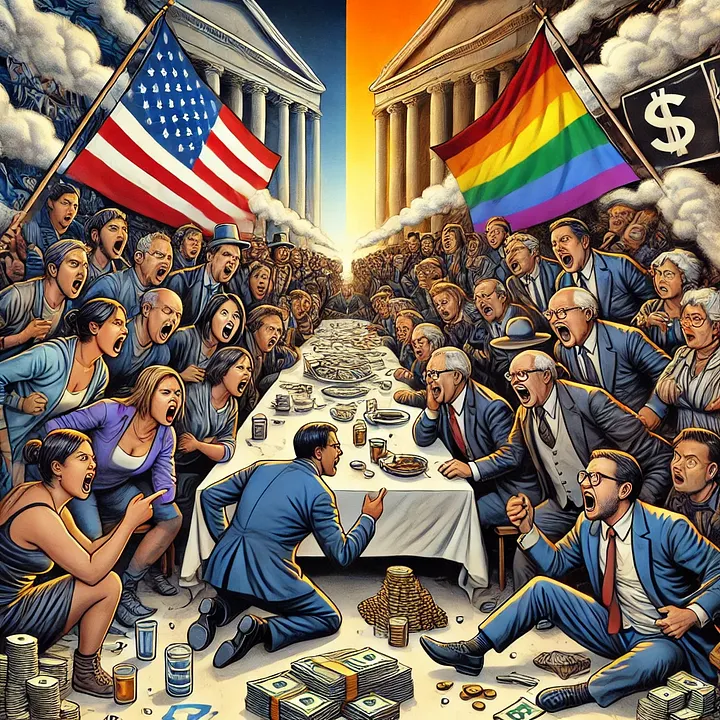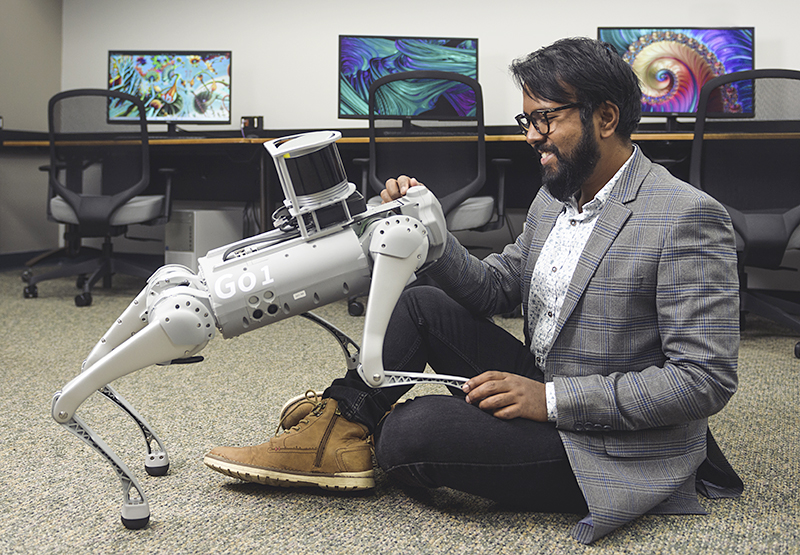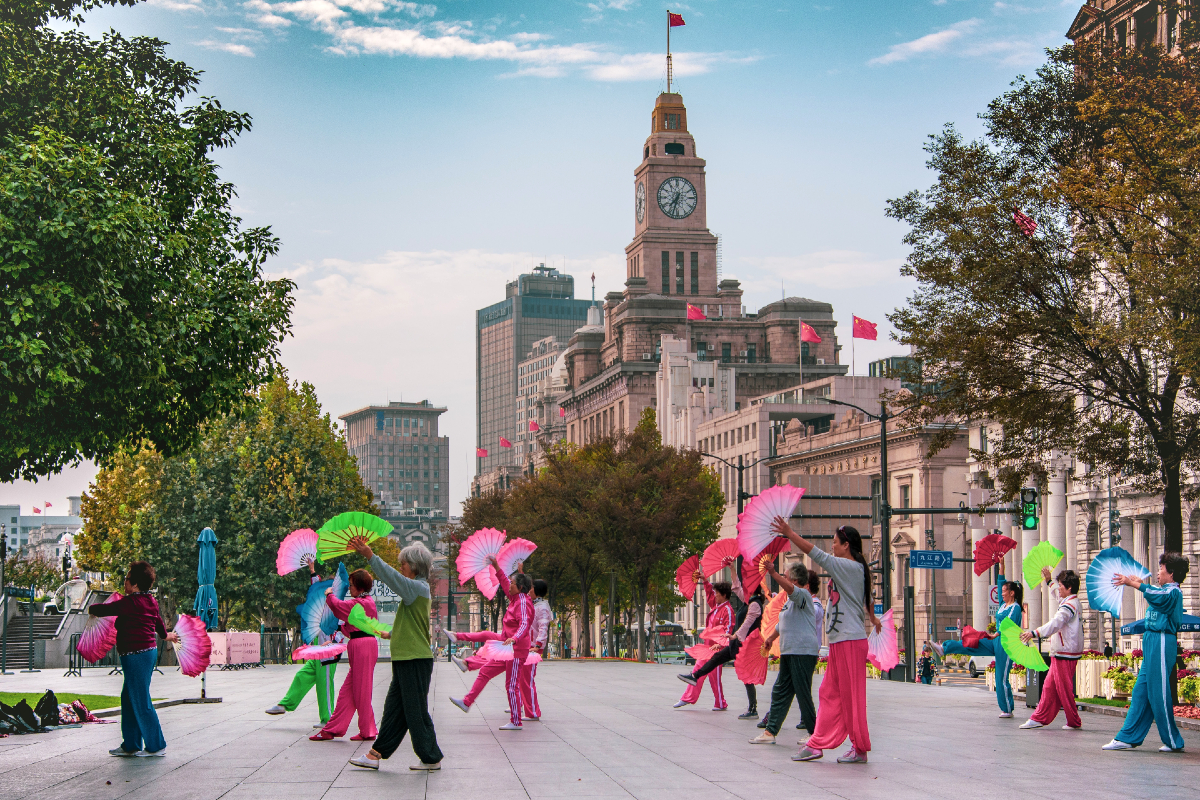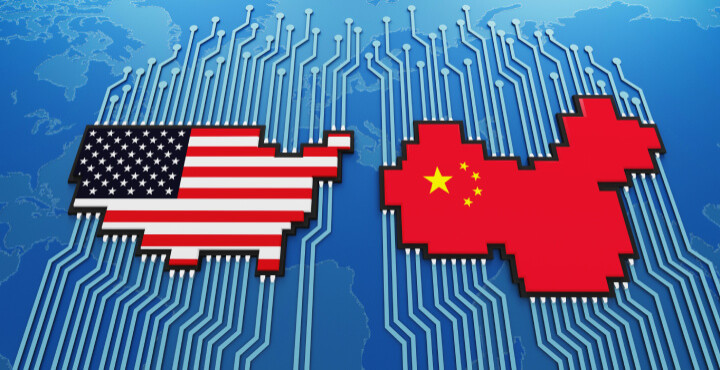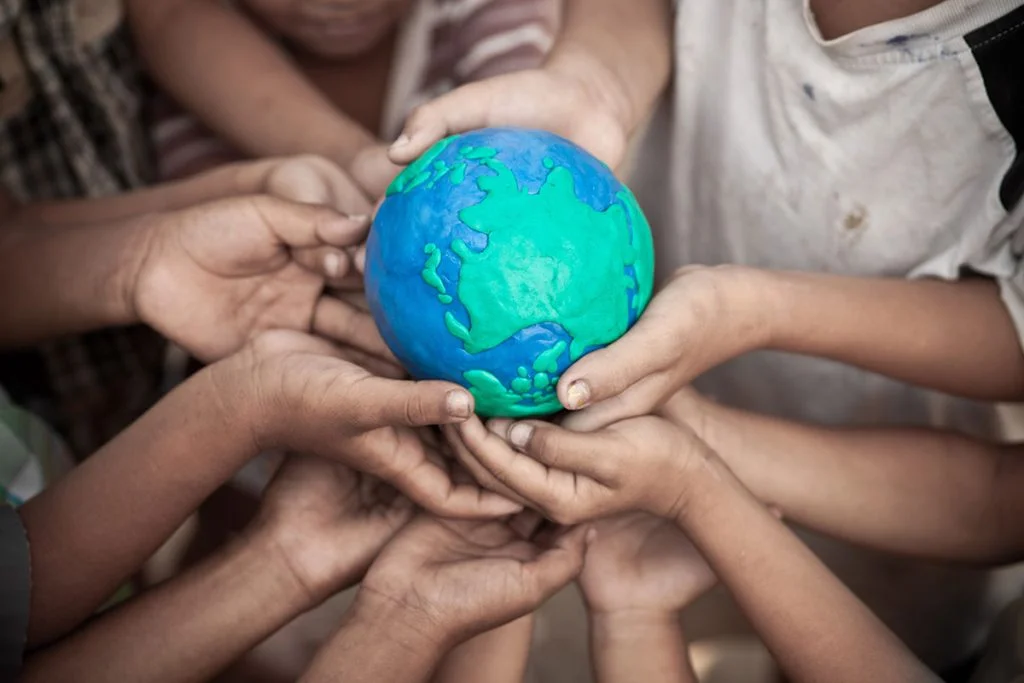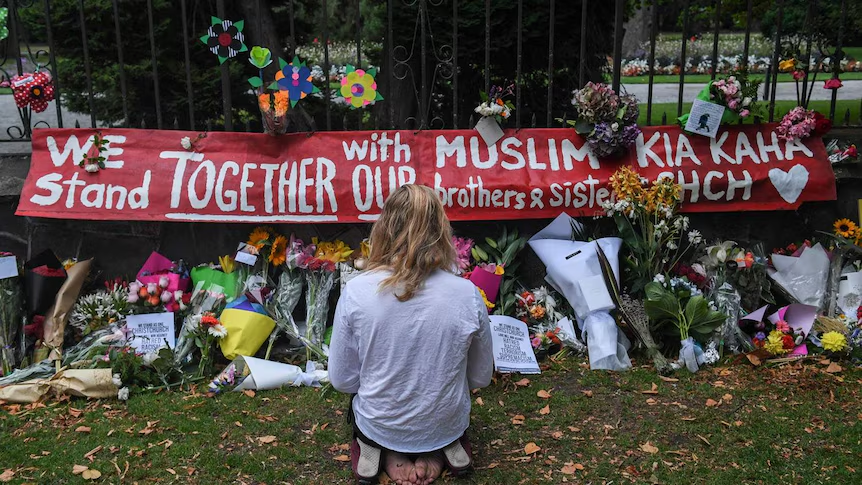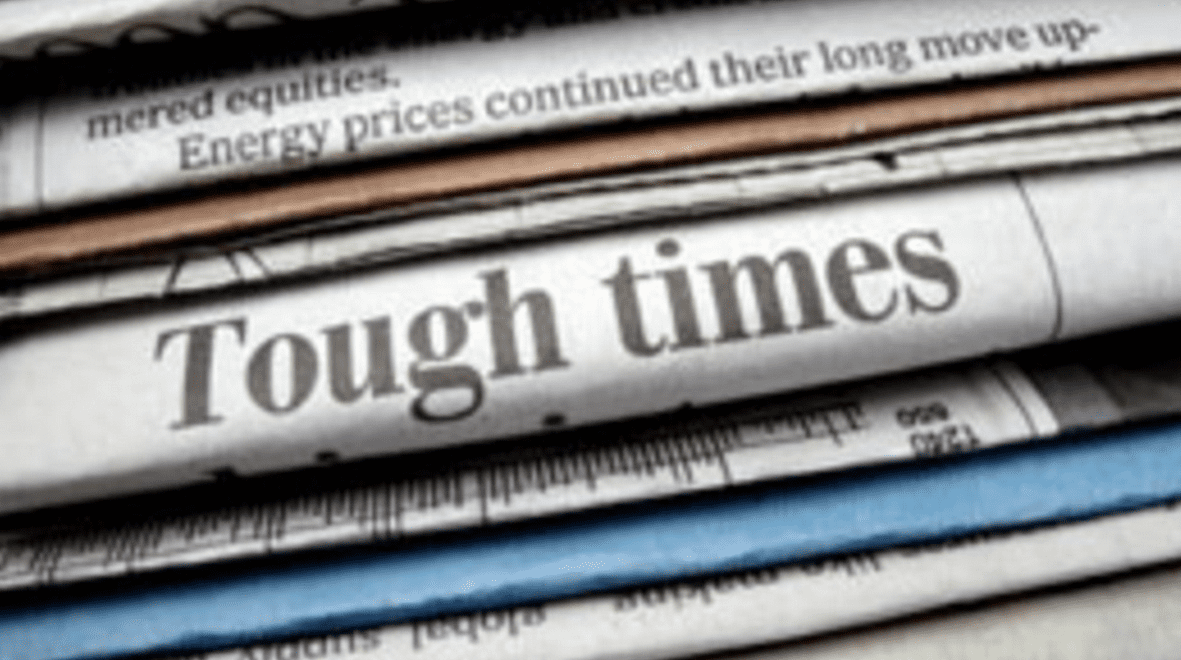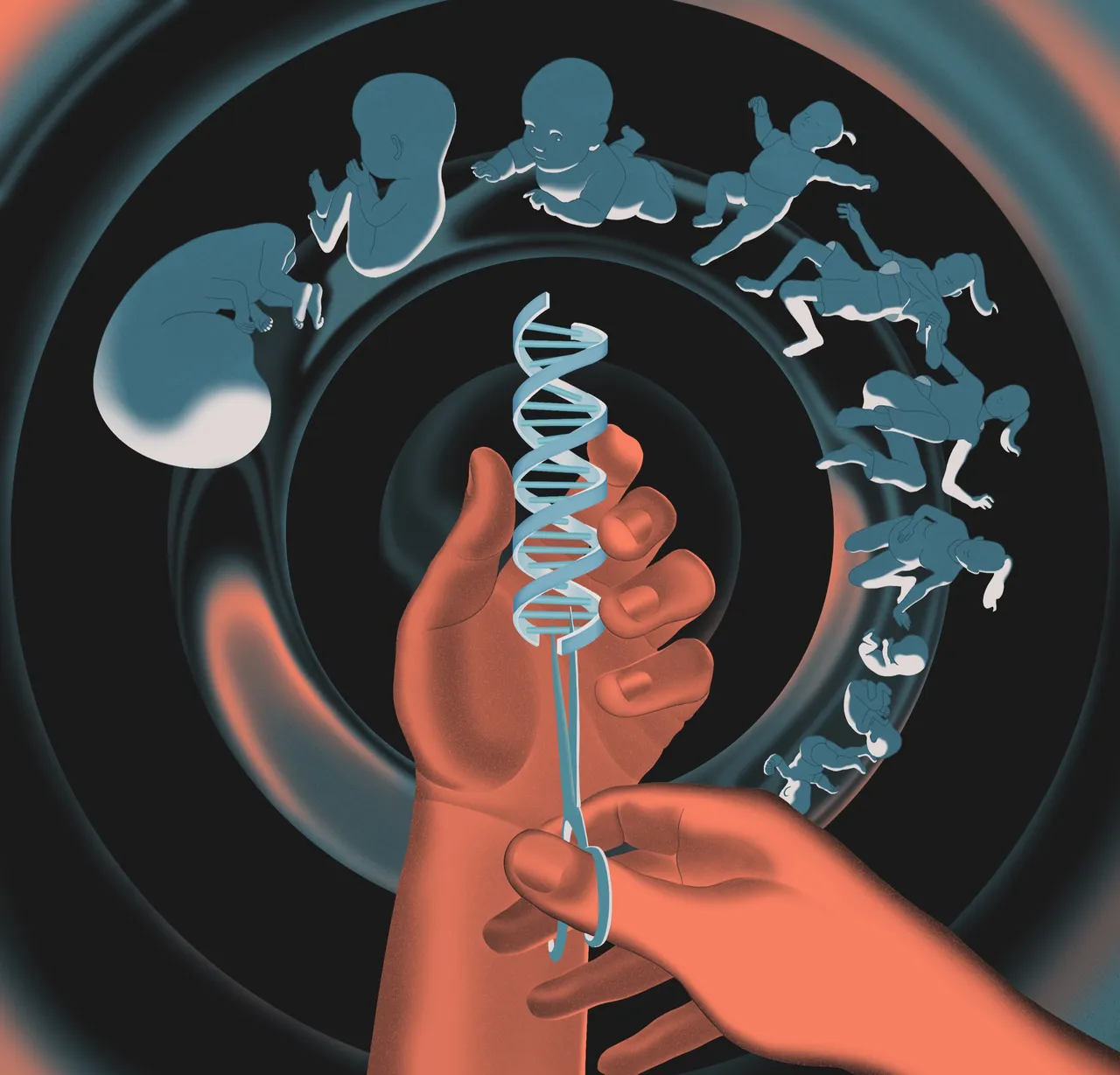In 2025, America’s borders are once again at the center of political, social, and economic debate. As immigration surges, trade continues to grow, and smuggling networks adapt, the U.S. faces the challenge of balancing Border Security, economic necessity, and humanitarian responsibility.
From Texas to Arizona, the debate isn’t just about fences or checkpoints anymore it’s about the nation’s values and priorities. Can the United States protect its borders while remaining a beacon of freedom and opportunity?
The State of Border Security in 2025
America’s Border Security landscape has evolved dramatically over the past decade. New surveillance technologies, AI-driven patrol systems, and expanded cross-agency cooperation have strengthened enforcement. However, these advances come with rising costs and complex ethical dilemmas.
While officials claim progress in deterring illegal crossings, critics argue that strict measures often overlook the human side of the crisis — asylum seekers fleeing violence, families seeking stability, and workers pursuing economic opportunity.
This delicate balance between security and compassion defines the heart of America’s modern border debate.
Economic Dimensions: The Cost of Control
Beyond politics, the border issue has deep economic implications. Cross-border trade contributes billions to U.S. GDP annually, supporting millions of jobs in logistics, agriculture, and manufacturing. Tightening Border Security can disrupt these supply chains, leading to price fluctuations and labor shortages.
Meanwhile, border communities rely heavily on migrant labor and trade revenue. Policies that limit movement across the border risk hurting local economies forcing policymakers to weigh the benefits of strict control against economic vitality.
The Rising Threat of Cocaine and Organized Crime
While immigration dominates headlines, the growing Cocaine trade poses an equally urgent threat. Cartels have adapted to technological barriers, using drones, tunnels, and even semi-submersibles to smuggle drugs into the U.S.
Law enforcement agencies warn that Cocaine trafficking is fueling violence on both sides of the border. Seizures in 2025 have reached record highs, signaling both improved detection and increasing supply.
The battle against organized crime underscores how Border Security isn’t just about immigration it’s also a fight against the global drug economy that undermines public safety and national health.
Humanitarian Concerns and Political Debate
The humanitarian dimension of border policy continues to challenge U.S. leadership. Families separated, overcrowded detention centers, and delayed asylum hearings have drawn international criticism.
Advocates for reform argue that Border Security should go hand in hand with fair immigration laws that respect human dignity. Critics of leniency, however, maintain that without firm control, the border crisis will spiral further endangering both citizens and migrants.
The clash between compassion and control defines America’s identity as both a superpower and a symbol of freedom.
Toward a Balanced Future
In 2025, the path forward requires more than political rhetoric. Policymakers must find ways to modernize Border Security without stifling economic growth or compromising human rights.
Investing in smarter infrastructure, international cooperation, and border community development could create sustainable solutions that prioritize both security and humanity.
Conclusion
The debate over America’s borders reflects broader questions about identity, responsibility, and the future of democracy. Border Security is no longer just a national defense issue it’s an economic and moral test.
As Cocaine trafficking, migration pressures, and political divides intensify, the nation’s response will determine not only how the world views U.S. policy but also how Americans define their values in an era of global change.

